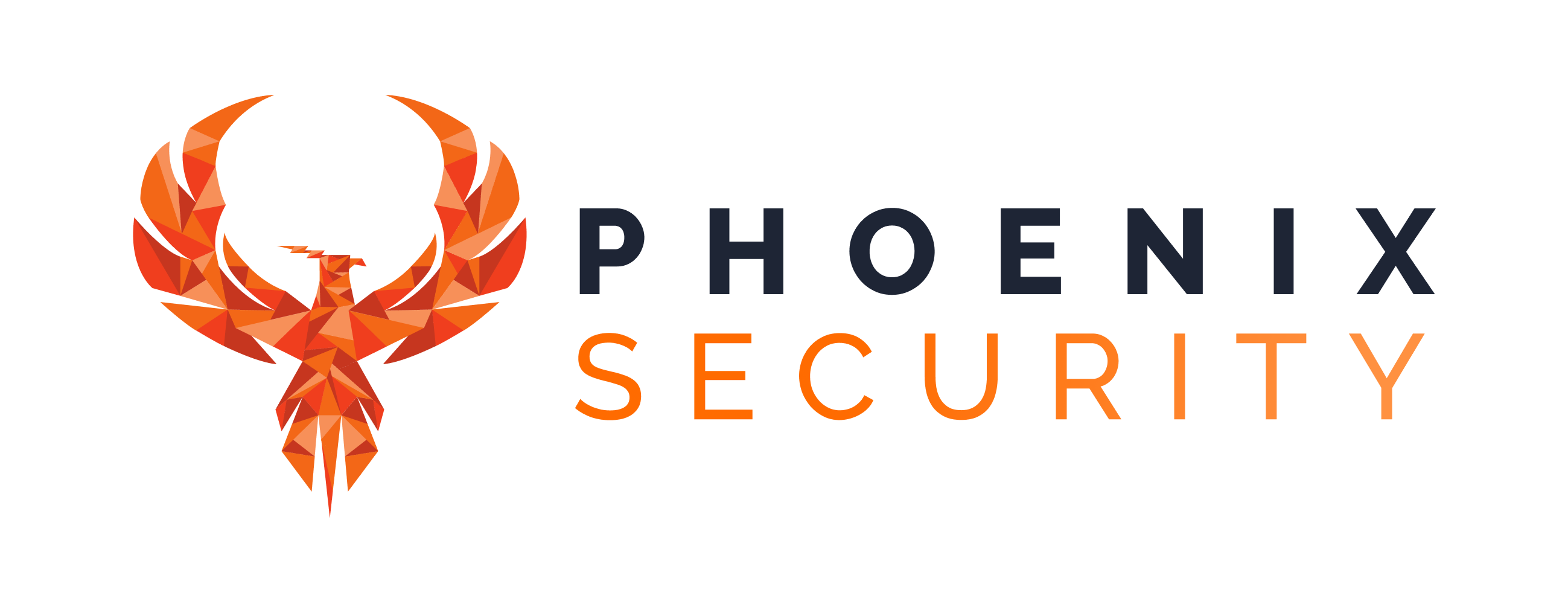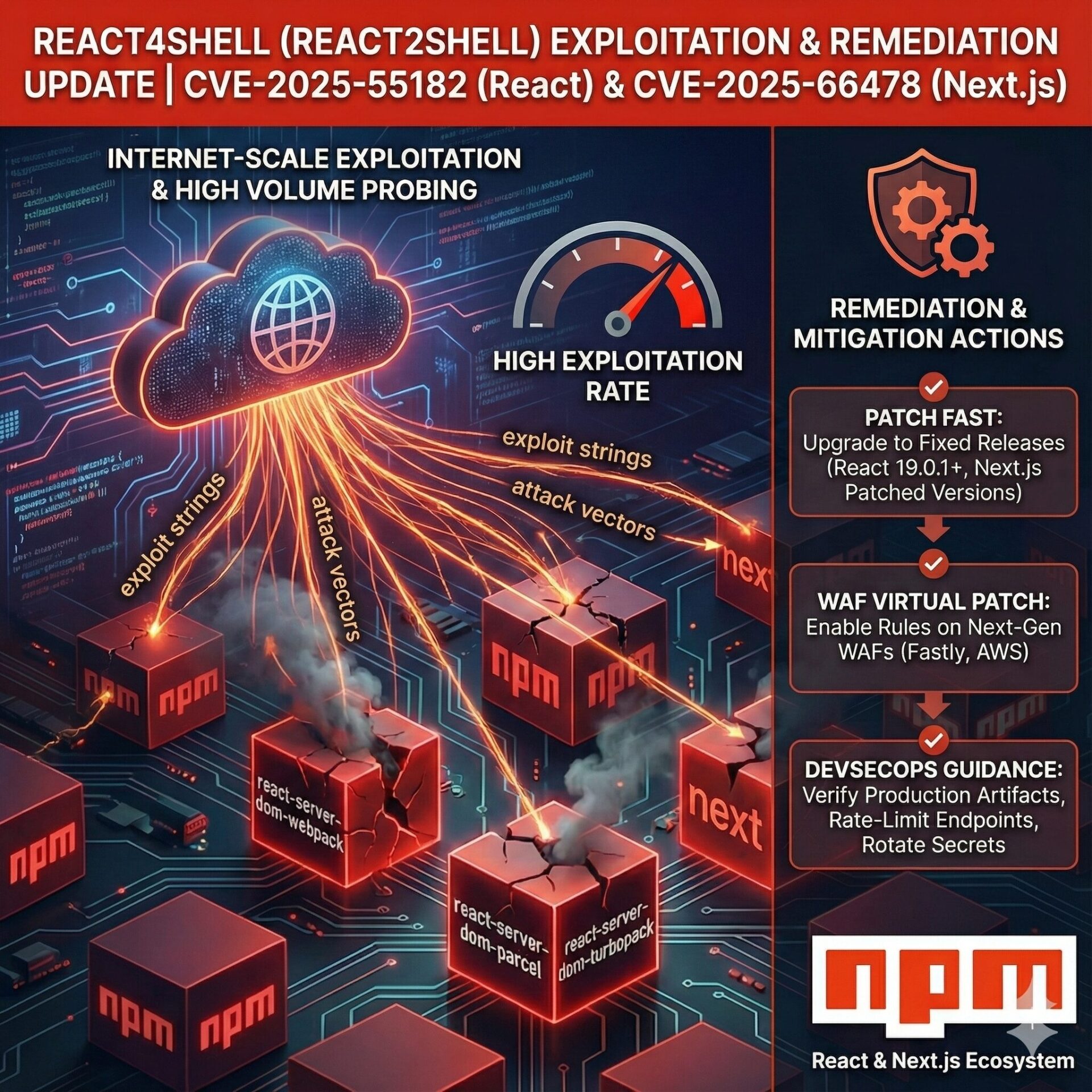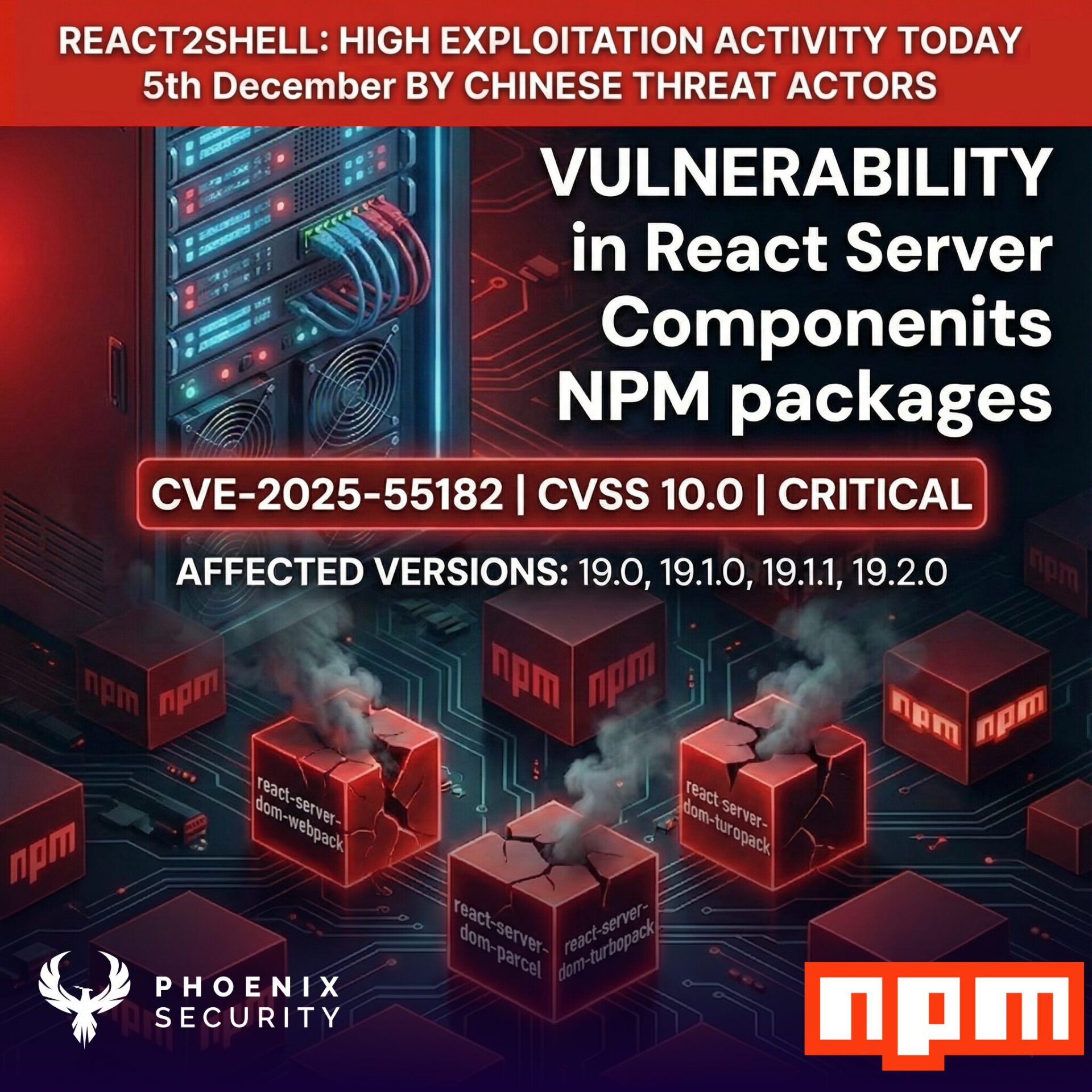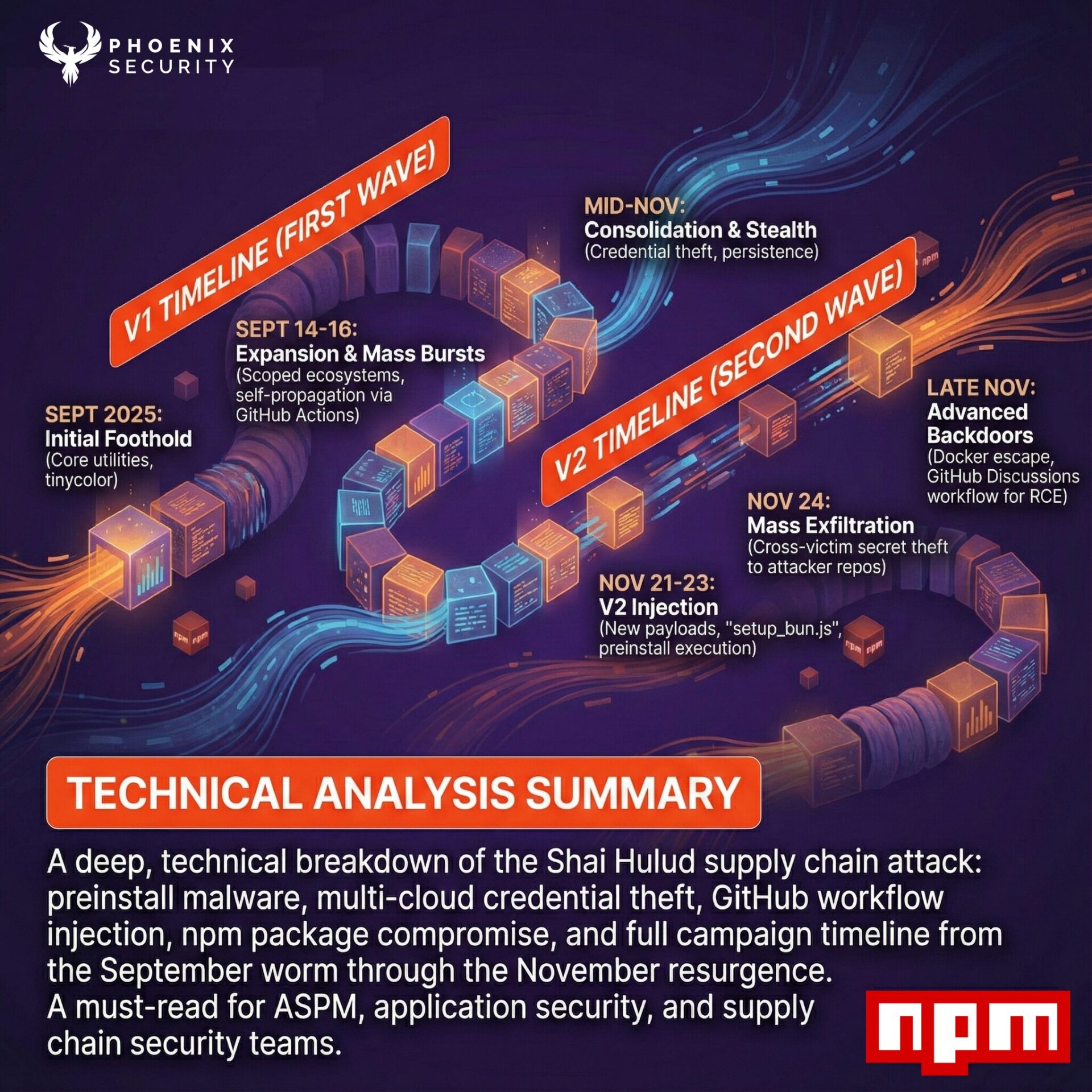What is the magic formula to overcome the vulnerability of an overlord? With over 204,000 CVEs, more than half deemed high or critical, the real challenge lies in identifying vulnerabilities and prioritising them in sync with business and development needs. This is where ASPM (Application Security Posture Management) steps in as a guiding light.
You can find more on the vulnerability growth in the Vulnerability Visualizers that explain concepts used in this post like exploitation, CISA KEV
CISA KEV: https://phoenix.security/what-is-cisa-kev-main/
Exploit in the wild: https://phoenix.security/what-is-exploitability/

Imagine the current scenario where you have vulnerabilities in software and operational runtime environments growing at a rate of 35% year on year, and with the current rate of growth, we are on track for 500K, half a million vulnerabilities by 2028

The Current Challenge: A Balancing Act between ASPM and Operational Security
Imagine your Jira overflowing with every security finding marked urgent based solely on CVSS scores. This well-intentioned but impractical approach burdens product teams, who already struggle between integrating new features for business growth and tackling security vulnerabilities. Prioritization is a way to focus more on the vulnerabilities that matter, but is it sufficient?

Diverging Perspectives Business vs Development vs security
- Business Perspective: Companies need to stay secure but without hampering growth and innovation. An endless list of fixes can be a roadblock to business agility.
- Developer Perspective: Developers favour a concise, prioritized list of security issues. A manageable list of 10-15 key vulnerabilities allows for efficient workload management and contributes to a secure product.
- Security Perspective: Security teams aim for visible progress. They advocate for initiatives like security champion programs to foster a security-first mindset within development teams.
The Overwhelming Reality of Operation
The task seems daunting, with the bulk of CVEs ranking high in severity. Yet, filtering these through exploitability and fixability lenses drastically reduces the number. This focus is vital for aligning with business objectives.
Demystify vulnerability overload: a Data-Driven approach with ASPM and Shifting Everywhere.
The solution lies in connecting three pivotal elements: business goals, security imperatives, and development capabilities. Embracing a data-driven ASPM approach allows organizations to prioritize vulnerabilities that pose the most significant risk. This method ensures that security efforts align with business and development objectives, transcending the mere checkbox approach.

What is ASPM? A Beacon in Vulnerability Management
Application security posture management analyzes security signals across software development, deployment and operation to improve visibility, better manage vulnerabilities and enforce controls. Security leaders can use ASPM to improve application security efficacy and better manage risk.
Gartner on ASPM
ASPM emerges as a beacon in this scenario, offering a strategic, data-informed pathway. It transforms an overwhelming vulnerability list into a focused, actionable set of tasks. This alignment propels security measures and dovetails with business objectives, ensuring a secure yet agile business environment. For a deeper dive on the innovation insight, refer to the analysis of Gartner on ASPM
Conclusion
Effective vulnerability management in the age of endless vulnerabilities isn’t about a frenzied race to patch every issue. It’s about a strategic, informed approach that resonates with overarching business goals. ASPM paves the way for this synchronization, ensuring security measures are both impactful and business-oriented.
Let’s journey towards a more secure, business-aligned cybersecurity environment. Share your insights and experiences in the comments and join the conversation!
How Phoenix Security Can Help

Phoenix Security helps organizations identify and trace which systems have vulnerabilities, understanding the relation between code and cloud. One of the significant challenges in securing applications is knowing where and how frameworks like Struts are used. ASPM tools can scan the application portfolio to identify instances of Struts, mapping out where it is deployed across the organization. This information is crucial for targeted security measures and efficient patch management. Phoenix Security’s robust Application Security Posture Management (ASPM) system is adept at not just managing, but preempting the exploitation of vulnerabilities through its automated identification system. This system prioritises critical vulnerabilities, ensuring that teams can address the most pressing threats first, optimising resource allocation and remediation efforts.
Get in control of your Application Security posture and Vulnerability management
The Role of Application Security Posture Management (ASPM):
ASPM plays a vital role in managing and securing applications like those built with Apache Struts, Log4j and other vulnerabilities. It involves continuous assessment, monitoring, and improvement of the security posture of applications. ASPM tools can:
- Identify and Track Struts Components: Locate where Struts is implemented within the application infrastructure.
- Vulnerability Management: Detect known vulnerabilities in Struts and prioritize them for remediation.
- Configuration Monitoring: Ensure Struts configurations adhere to best security practices.
- Compliance: Check if the usage of Struts aligns with relevant cybersecurity regulations and standards.
By leveraging Phoenix Security, you not only unravel the potential threats but also take a significant stride in vulnerability management, ensuring your application security remains current and focuses on the key vulnerabilities.

















